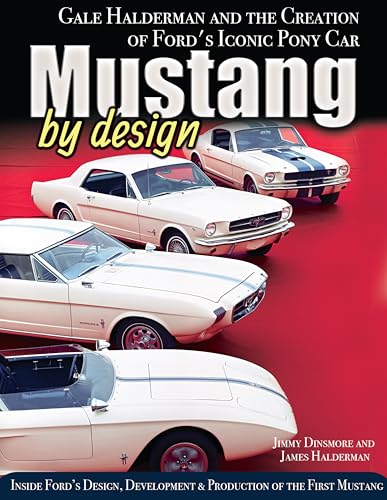We began to rebuild the 2100 2v carburetor on our 1973 Mustang Convertible (302 2v) the other day. We ran out of time due to a scheduled event. But, we are going to get back on it today, now that a thicker base carb gasket got delivered. As with nearly all our projects this one is being video recorded for posting on YouTube. Once it is done I will polish/edit the video clips and post the link for anyone interested in what that carburetor rebuild is all about. Not that it is a difficult undertaking. But, we do enjoys haring the tings we do on our pony cars.
What makes this 2100 rebuild interesting (at least to me) is that the carb is on a bone stock 1973 Mustangs 302 (well, it now has dual exhaust with an H-Pipe and low restriction mufflers on it). But, the car was literally barn stored for over 40 years. The odometer has an original mileage reading of about 21,000 miles. And the car is pristine, and overall runs great. So, why the carb rebuild? The engine has had a slight hesitation on light acceleration from the time we got it, not bad enough to be a nuisance - but I do notice it. The accelerator pump is working on the carb, the initial ignition timing is good, the distributor vacuum advance diaphragm is working, the problem occurs whether the EGR valved is disabled or not...
I had initially thought perhaps the accelerator pump discharge may not be sending enough fuel, despite looking good. Why? I am glad you asked... Long ago I got a 1977 Mercury Monarch into our Lincoln store with a hesitation complaint. It was a new vehicle. I looked at the accelerator pump output and saw fuel squirting when opening the throttle. But, one side had a heavier stream being squirted than the other. So I took the venturi/pump nozzle cluster off and found a pieced of brass drill flashing was stuck in the inside of the cluster, and partially blocking one of the accelerator pump jet passageways. That was easy enough to fix, but the customer (who was back in the shop watching what I was up to) asked if I could do anything to boost his low end performance a bit. He was a nice enough guy, so I did a little magic to his initial timing, lightened the pressure on the vacuum advance diaphragm spring, "cleaned out" the vacuum delay valve for the distributor vacuum hose, put a vacuum delay valve on his EGR vacuum hose, and opened up his accelerator pump jet diameter a little tiny bit. I asked him to please come back to tell me what he thought about the performance after driving it a bit. I also told him if it was not noticeably peppier I had a few other little tricks that could help light a fire in the engine. After all, he was a decent kind of guy just asking for some help.
Anyway, within half an hour he was back, big smile, and telling me he had a different car. He was one happy camper. So, I am was pretty sure the hesitation was the carb, but not ready to rule out the accelerator pump circuit as being a problem quite yet.
Anyway, back to our little project. One of the things that can (also) cause a hesitation on light acceleration is a float level that is too low. In our case I found the float level was about 1/4" too low, which is a lot. I am surprised we were not losing power when making turns. The accelerator pump circuit looked fine, I made no changes other than replacing the pump outlet well's check ball, installing the new diaphragm and check valve in the rebuild kit. And, of course, with the new needle and seat I adjusted the float to its proper setting. Another unusual situation I found is the Power Valve had two gaskets on it. It is very unlikely the carb was built that way initially, but it could have happened. And, with such low miles on the car it was not likely the carb had ever been apart since it first hit the streets. Then again, it is possible the power valve failed after so many years of not being driven. Another hint that someone had it apart came in the form of the power valve cover being rotated 180 degrees from its original, and technically proper, position - not that it would have any effect of drivability. It was just unusual to see. No matter, once the new base gasket arrivers and we wrap up the rebuild and reinstallation/adjustments, all will be as it should be.
My gut tells me it is going to be a better performing car on light acceleration just due to the float level change alone. We will see. Once we are done, and I do a Scope and Set on the engine, I will report how it turned out.
I just LOVE working on these old school vintage Mustangs!












